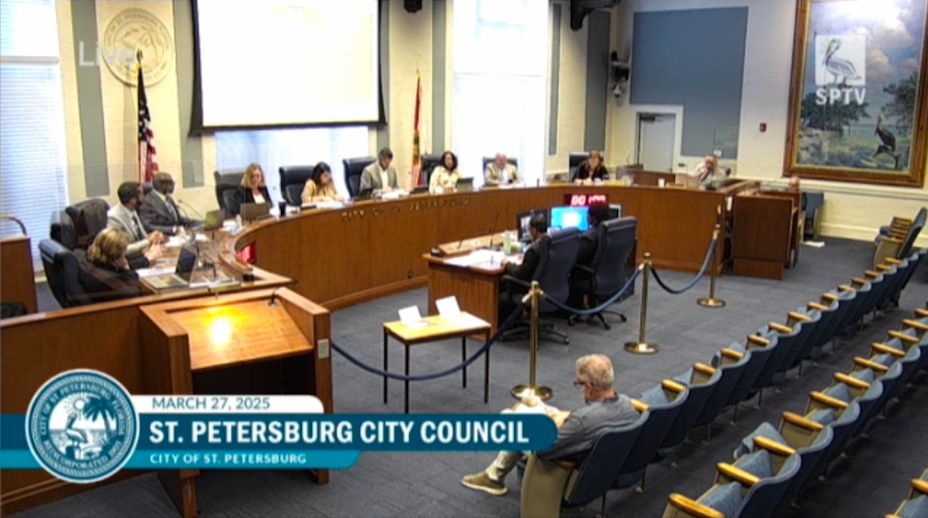HILLSBOROUGH COUNTY, Fla. — Some people are raising concerns about the environmental impact of storm debris cleanup of the Hillsborough River.
What You Need To Know
- Retired firefighter Frank Leto has spent his life on Hillsborough River and says he has seen the damage caused by its cleanup
- He says crews are removing cypress trees that are vital to the eco-system
- The Hillsborough Environmental Protection Commission is looking into the operation and if there is an issue with sediment and says it will respond accordingly
They say riverbanks are being damaged and that there is a fear that the river’s sediment could damage some of the wetlands around it.
Retired firefighter Frank Leto has spent his life on the river and says he has seen the damage caused by the cleanup.
He says the storm cleanup operation is necessary but says downed trees and logs that have been in the water for years are being removed. He says crews are removing cypress trees that are vital to the eco-system.
“It acts like a coral reef so to speak,” Leto said. “The fish are using it to hide behind — catfish get under them — catfish likes holes so they spawn under them.”
He says that cypress wood is extremely valuable. It can be used to make furniture that sells for thousands of dollars, and Leto alleges that crews are removing it to possibly sell it.
“I physically saw them pulling the logs out of their barge and separating them on the banks — oak, pot ash, sweet gum was going in the grapple truck. But the cypress that was from the bottom of the river covered in algae was all set to the side,” Leto said.
The Hillsborough Environmental Protection Commission is looking into the operation and if there is an issue with sediment and says it will respond accordingly.
There is a clear scope of work from the Florida Department of Environmental Protection authorizing the contractor to remove waterway debris, however, “the contract is to provide appropriate Best Management Practices for erosion control and turbidity prevention around in-water work locations and around the perimeter of any upland staging site where necessary.”











